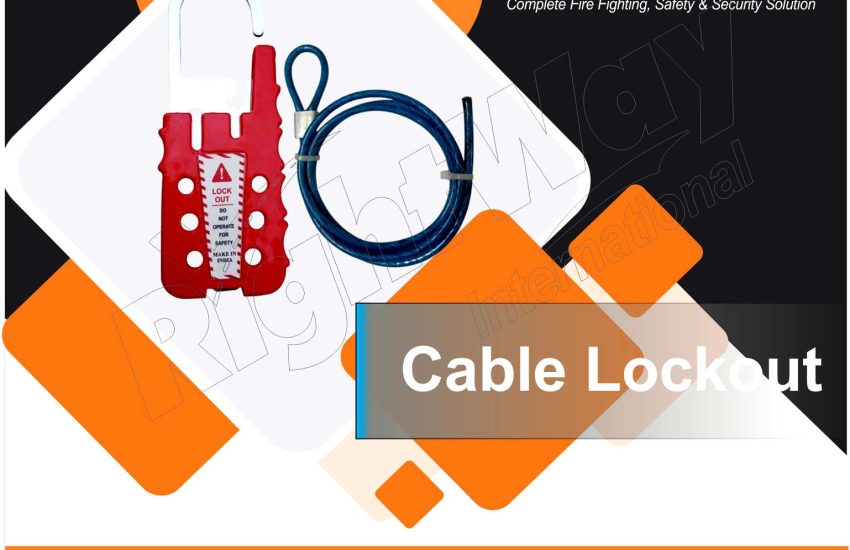Cable lockouts are vital tools that help isolate electrical cables during maintenance and repair. By blocking accidental or unauthorized reconnection, they protect workers from electrical hazards and help businesses comply with safety regulations.
🎯 Why Use Cable Lockouts?
Prevent Accidental Energization
Cable lockouts physically block plugs and connectors, making it impossible to reconnect electrical systems during servicing. This ensures that machinery stays de-energized.
Protect Workers from Hazards
By securing live cables, these devices minimize the risk of electric shocks and other serious injuries. Workers can focus on their tasks without fear of sudden power restoration.
Ensure Legal Compliance
Authorities like OSHA require effective lockout/tagout (LOTO) protocols. Cable lockouts support these safety standards and help businesses avoid fines or legal consequences.
Control Access to Power
These tools allow only authorized personnel to unlock or reconnect electrical cables. As a result, they improve accountability and reduce the risk of mistakes.
🧰 Common Types of Cable Lockouts
Standard Cable Lockout Devices
These cover plugs or connectors and include locking mechanisms that secure cables with a padlock. They are suitable for most straightforward applications.
Adjustable Cable Lockouts
These models use a flexible cable system that fits different cable sizes and configurations. Their adaptability makes them useful in a wide range of settings.
Multi-Cable Lockouts
Ideal for complex systems, these devices can lock out several cables at once. They help simplify isolation in areas with multiple electrical sources.
Receptacle Lockouts
These block access to outlets entirely. By covering the receptacle, they prevent anyone from inserting a plug during maintenance.
Plug Lockouts
These secure individual plugs, ensuring they cannot be inserted into any outlet until the job is complete and the lockout is removed.
🌟 Key Benefits of Cable Lockouts
Improve Workplace Safety
Cable lockouts prevent sudden energization, which can cause injuries or damage. Their presence signals that equipment is not safe to use.
Simplify Compliance
Using lockouts helps businesses meet OSHA or ISO LOTO requirements. This reduces liability and promotes a safety-first culture.
Built for Tough Conditions
High-quality cable lockouts resist harsh environments, including exposure to chemicals, oil, or moisture. Their rugged design ensures long-term use.
Easy to Apply
Most cable lockouts don’t require tools. Technicians can quickly lock or unlock cables with minimal training.
Versatile for Many Applications
Thanks to their adjustable designs, cable lockout work with many cable sizes, voltages, and connector types. They’re valuable across industries.
🏭 Where Cable Lockouts Are Used
Industrial Facilities
In factories, workers apply cable lockout to isolate high-voltage systems or heavy machinery during maintenance.
Commercial Buildings
Electricians use these devices to lock out panels or power cords in offices, hospitals, or retail spaces.
Manufacturing Plants
In manufacturing environments, technicians secure machines with cable lockout to avoid sudden restarts during repair.
Construction Sites
Crews rely on portable lockouts to control temporary power setups and prevent energization of unused equipment.
Utilities and Public Infrastructure
Technicians use cable lockout to protect maintenance crews working on electrical grids, substations, or underground cables.
✅ Conclusion
Cable lockout are more than just accessories—they’re critical tools for safety and compliance. They prevent electrical incidents, protect workers, and support clear access control.
By choosing the right cable lockout and using it consistently, organizations can build safer work environments and meet all regulatory standards. Whether you’re in construction, manufacturing, or utilities, cable lockout should be a core part of your LOTO program.


